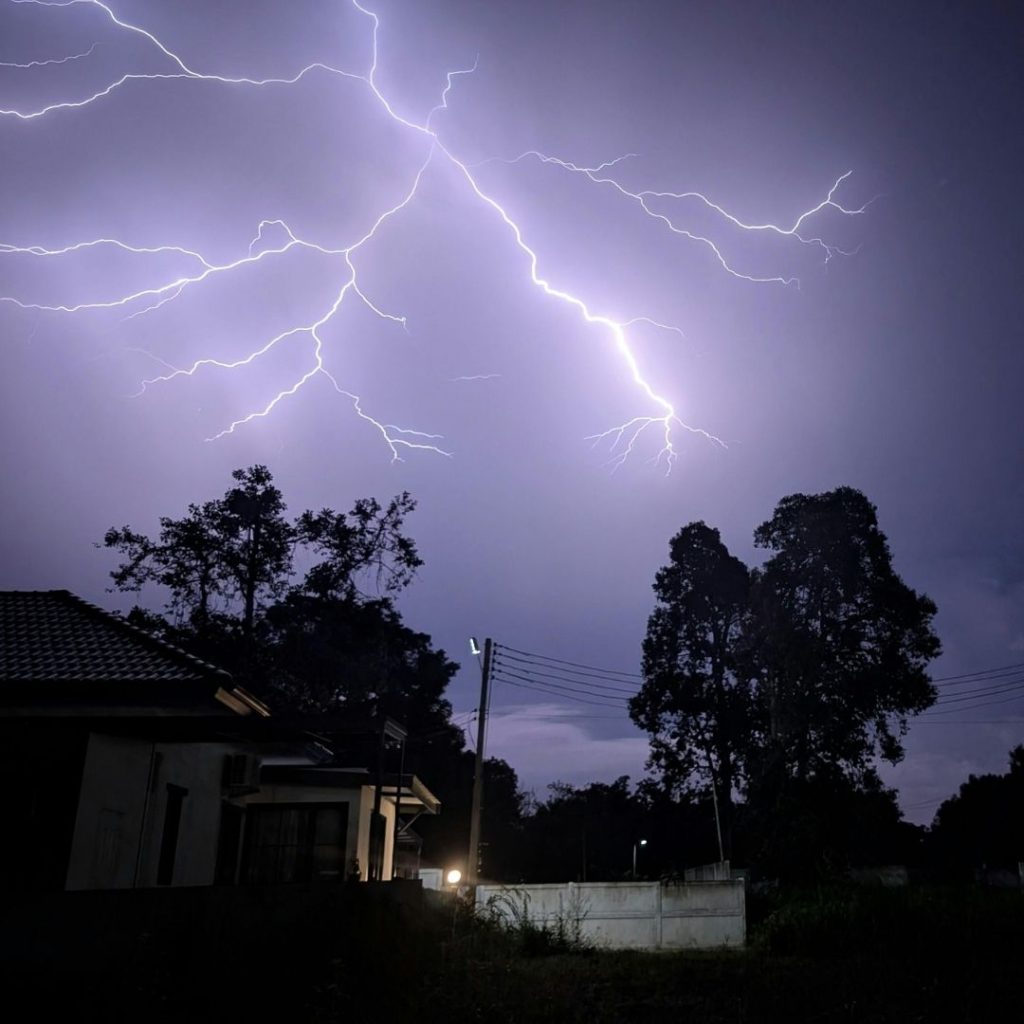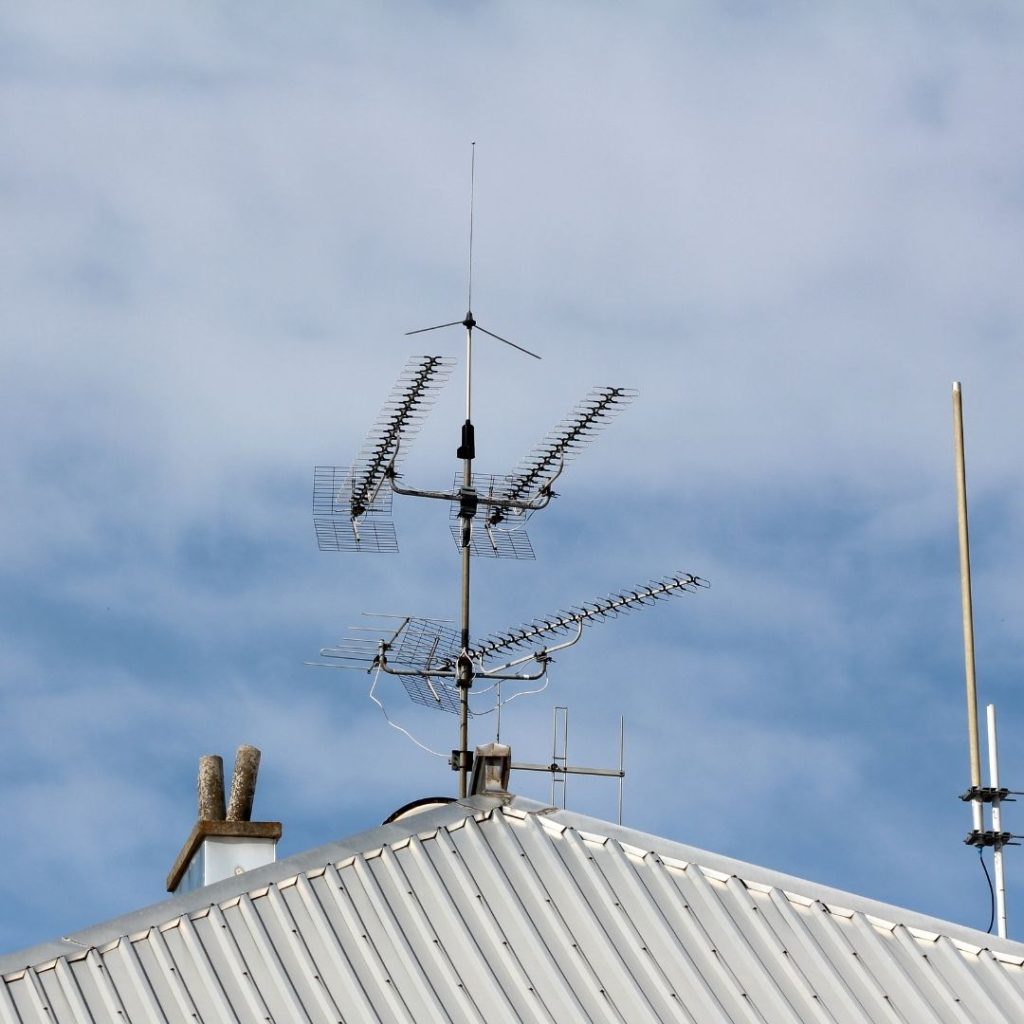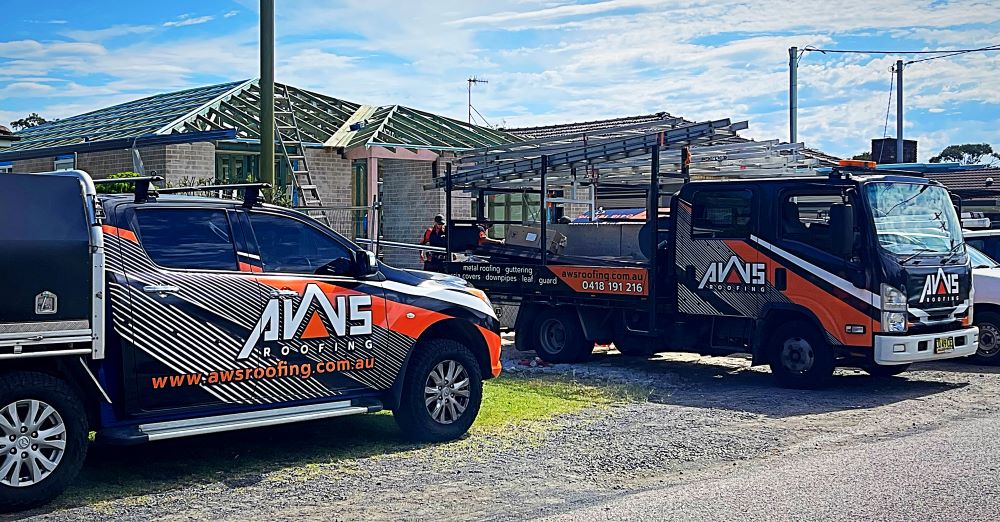Metal roofing is widely recognized as one of the most robust and long-lasting roofing solutions available in Australia. Its exceptional durability, extended lifespan, and impressive energy efficiency make it a prime choice for homeowners seeking reliable protection for their properties. However, a common inquiry among many property owners is — do metal roofs attract lightning strikes? This question often arises as individuals look for reassurance regarding the safety and performance of their roofing materials.
As an increasing number of homeowners invest in Starlink dishes and various aerial devices, the concerns surrounding lightning strikes have become more pronounced. In this comprehensive exploration, we will delve into the facts surrounding this topic, clarifying why metal roofing, when paired with antennas and satellite systems, is frequently much safer than many individuals might initially believe. Understanding the relationship between roofing materials and lightning safety is crucial for making informed decisions.

Understanding the Relationship Between Metal Roofs and Lightning Strikes
Contrary to the widespread belief that metal roofs attract lightning, the truth is quite the opposite. A metal roof does not attract lightning. Lightning is primarily attracted to the highest point in any given landscape, and this phenomenon is not significantly influenced by the roofing material itself. Lightning typically seeks the path of least resistance to reach the ground, which is why it often strikes taller structures like trees, poles, or antennas rather than the roofing material of a building.
In the unfortunate scenario that a home with a metal roof is struck by lightning, the reassuring fact is that metal effectively disperses the energy in a safe manner. Unlike traditional roofing materials like tile or timber, metal is less likely to ignite or burn easily. If lightning were to strike, the electrical charge rapidly spreads across the roof’s surface, dissipating harmlessly into the ground, especially when the building’s grounding system has been correctly installed to ensure safety and compliance.
To summarize, selecting a Colorbond® roof does not heighten the likelihood of your home being struck by lightning. However, in the rare instance that a strike occurs, having a metal roof is indeed one of the safest options available, providing homeowners with substantial peace of mind regarding their safety and the integrity of their homes.
Assessing the Lightning Strike Risk of Aerials and Starlink Dishes
Similar to metal roofs, aerials, antennas, and Starlink dishes do not inherently attract lightning simply due to their presence. Instead, lightning is typically drawn to height and isolation, rather than specifically to the metallic components of these devices. Understanding this distinction is essential for homeowners who may be concerned about the safety of their installations.
If an aerial or dish is the highest point on your property, it may become the most likely target for a lightning strike. This situation arises due to its elevated position rather than its metallic composition. Therefore, it is crucial to recognize that the risk of a lightning strike is primarily determined by the height of the structure rather than the materials that are used in its construction.
To enhance safety, consider implementing the following best practices:
- Ensure that the dish or antenna is professionally installed and grounded according to the established AS/NZS 1768 lightning protection standards, which are designed to safeguard structures from lightning damage.
- Bonding and grounding the system is critical, as this allows any electrical surge to travel safely to the earth, significantly reducing the risk of damage to your equipment or property during a storm.
- Avoid using isolated, ungrounded poles that extend significantly above the roofline, as these structures pose a greater risk of attracting lightning strikes due to their height.
When installed correctly, a Starlink dish or roof-mounted aerial on a Colorbond® roof remains entirely safe, even during severe electrical storms, providing homeowners with peace of mind during inclement weather.

Exploring the Comprehensive Safety Benefits of Metal Roofing Materials
Beyond the crucial aspect of lightning safety, metal roofing offers a multitude of inherent protective characteristics that position it as a superior choice for homeowners looking for durability and reliability:
- Fire Resistance: Metal is fundamentally non-combustible, making it an exceptional choice for regions that are prone to bushfires and wildfires, providing an additional layer of safety to properties.
- Storm Durability: Metal roofs are engineered to withstand hail, strong winds, and heavy rainfall far more effectively than many conventional roofing materials, ensuring long-term performance and protection against the elements.
- Corrosion Protection: Colorbond® coatings provide outstanding protection against rust and corrosion, even in coastal regions where salty air can pose significant challenges to other roofing materials.
- Energy Efficiency: Reflective coatings on metal roofs help reduce heat absorption during the hot summer months, leading to lower energy bills and improved comfort within the home.
- Structural Lightness: Metal roofing is lighter than tile, reducing stress on the roof frame and enhancing the overall structural integrity of the building, allowing for a safer and more stable roof system.
Essential Steps for Ensuring Roof Safety and Efficiency
To ensure complete peace of mind regarding the safety of your roof and any mounted equipment, conducting regular inspections is vital:
- After storm events, inspect flashings, fixings, and sealants to confirm they remain intact and functional, ensuring that your roof can withstand the elements.
- Keep gutters and valleys clear of debris to prevent overflow and potential water damage to your property, maintaining the efficiency of your drainage system.
- Verify that any antenna installations are properly grounded to minimize risk and enhance safety, protecting your property from electrical surges.
AWS Roofing offers professional inspections and roof replacements across the Central Coast, Newcastle, and Hunter regions, ensuring that each roof performs safely and efficiently while providing maximum protection to your home and investment.

Key Insights on Metal Roof Safety and Performance
A metal roof does not attract lightning; in fact, it plays a vital role in protecting your home from lightning strikes. When complemented with professional installation and proper grounding of any roof-mounted equipment, a Colorbond® metal roof emerges as one of the safest, most reliable, and longest-lasting roofing systems available in Australia. This makes it an ideal investment for homeowners who prioritize safety and durability.
If you are seeking expert assistance for metal roofing installation or replacement, please reach out to AWS Roofing, trusted specialists in durable and compliant roofing systems throughout NSW. They are dedicated to ensuring that your roofing needs are met with the utmost professionalism and care.
Do Metal Roofs Attract Lightning? (And Aerials or Starlink Dishes)
The Article: Do Metal Roofs Attract Lightning? A Look at Aerials and Starlink first appeared on https://writebuff.com
The Article Metal Roofs and Lightning: Insights on Aerials and Starlink Was Found On https://limitsofstrategy.com
The Article Metal Roofs and Lightning: Exploring Aerials and Starlink Insights First Appeared ON
: https://ad4sc.com
One response
I found your discussion on metal roofing and its relationship with lightning strikes quite enlightening! As a homeowner contemplating a roof upgrade, I’ve wrestled with the same concerns. It’s fascinating how metal roofs are often viewed solely through the lens of durability and energy efficiency, yet the safety aspect, especially in relation to lightning, is so crucial.